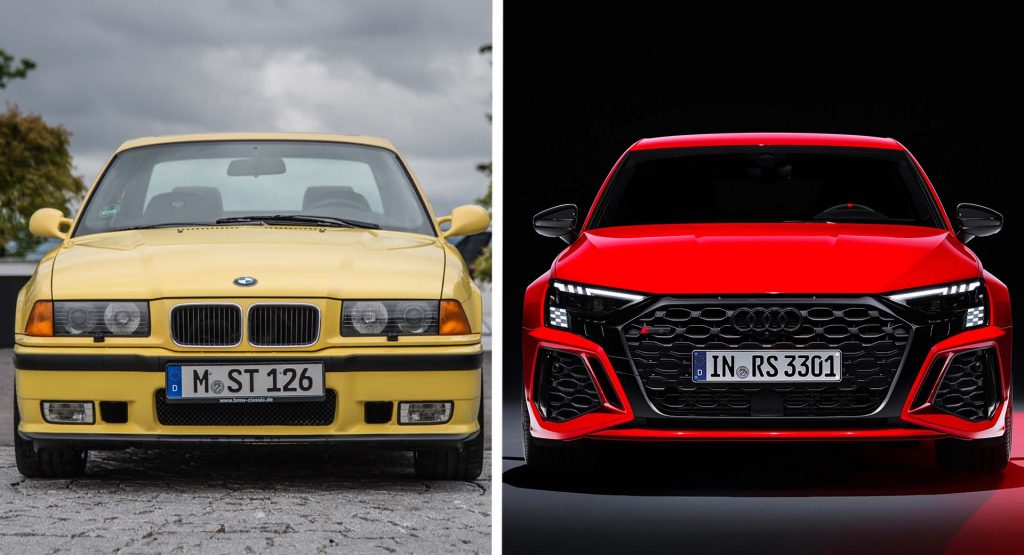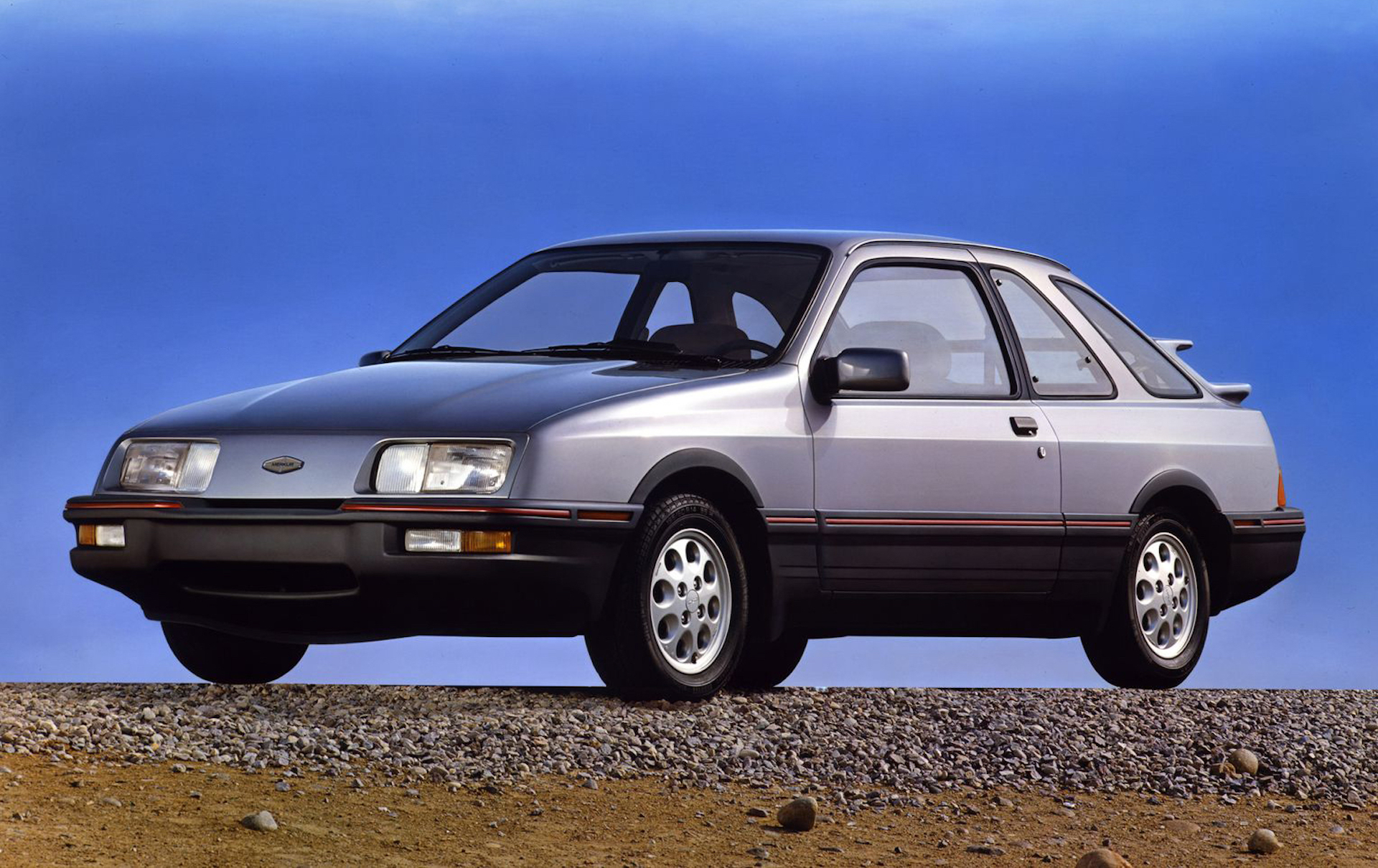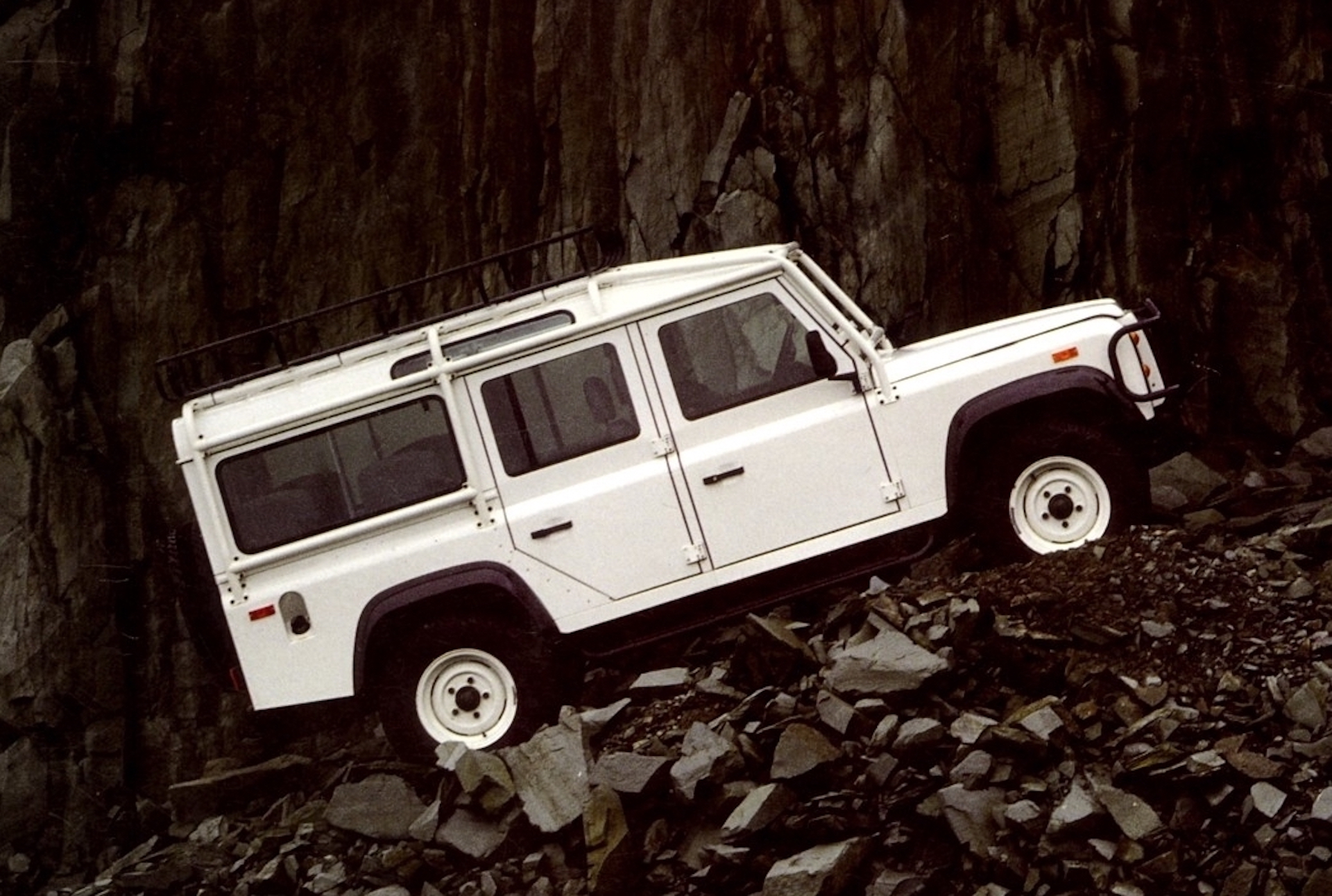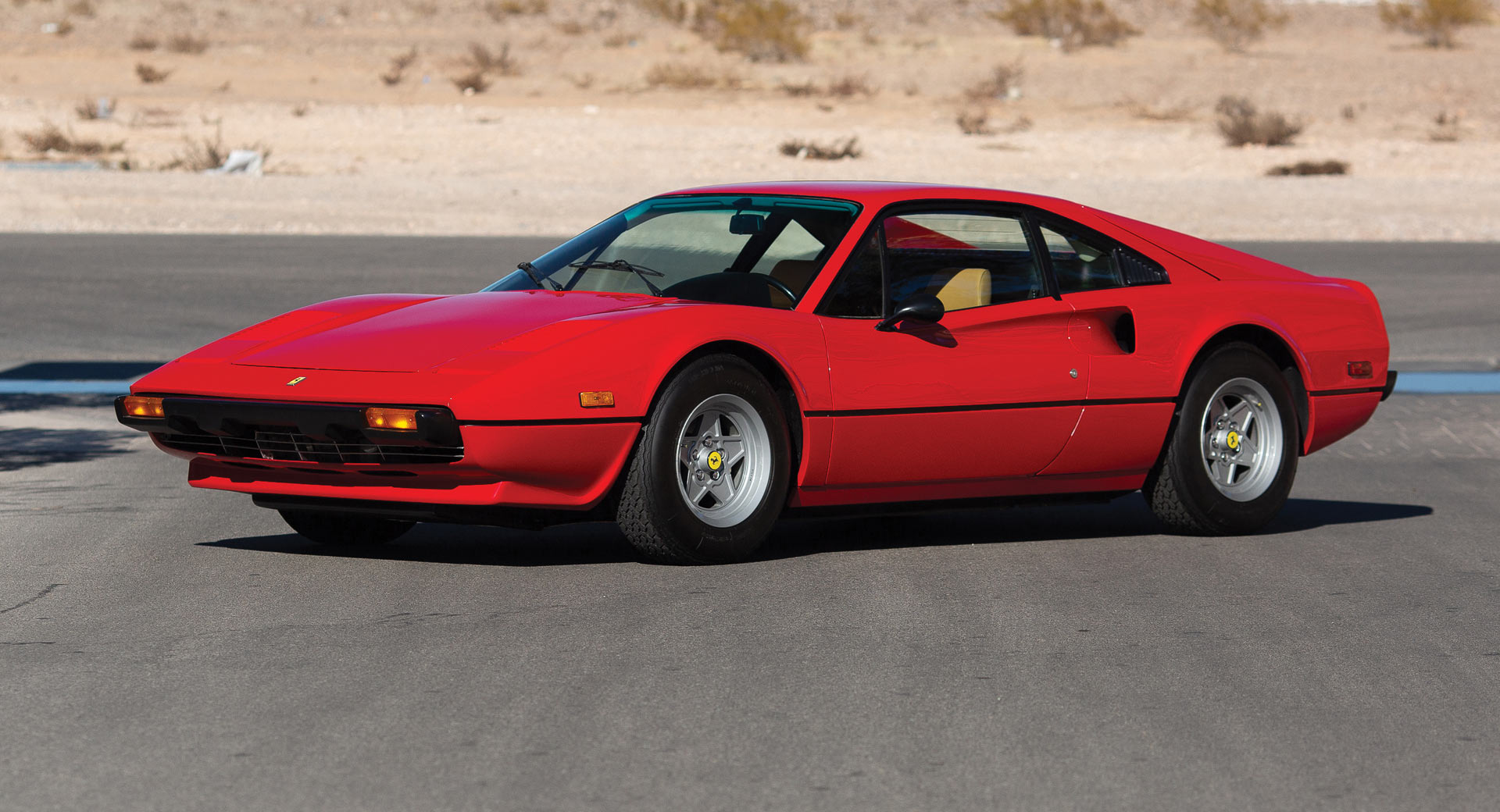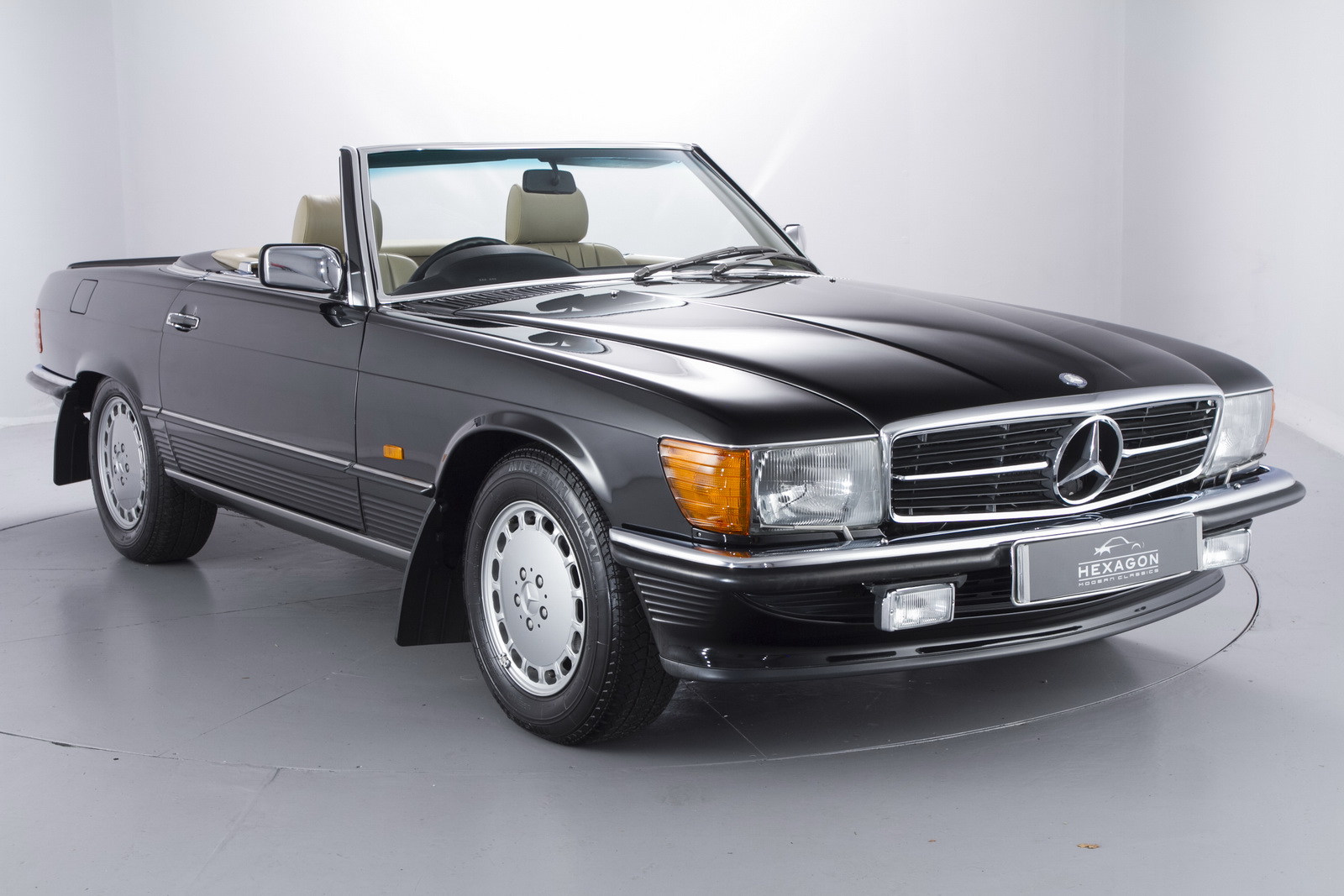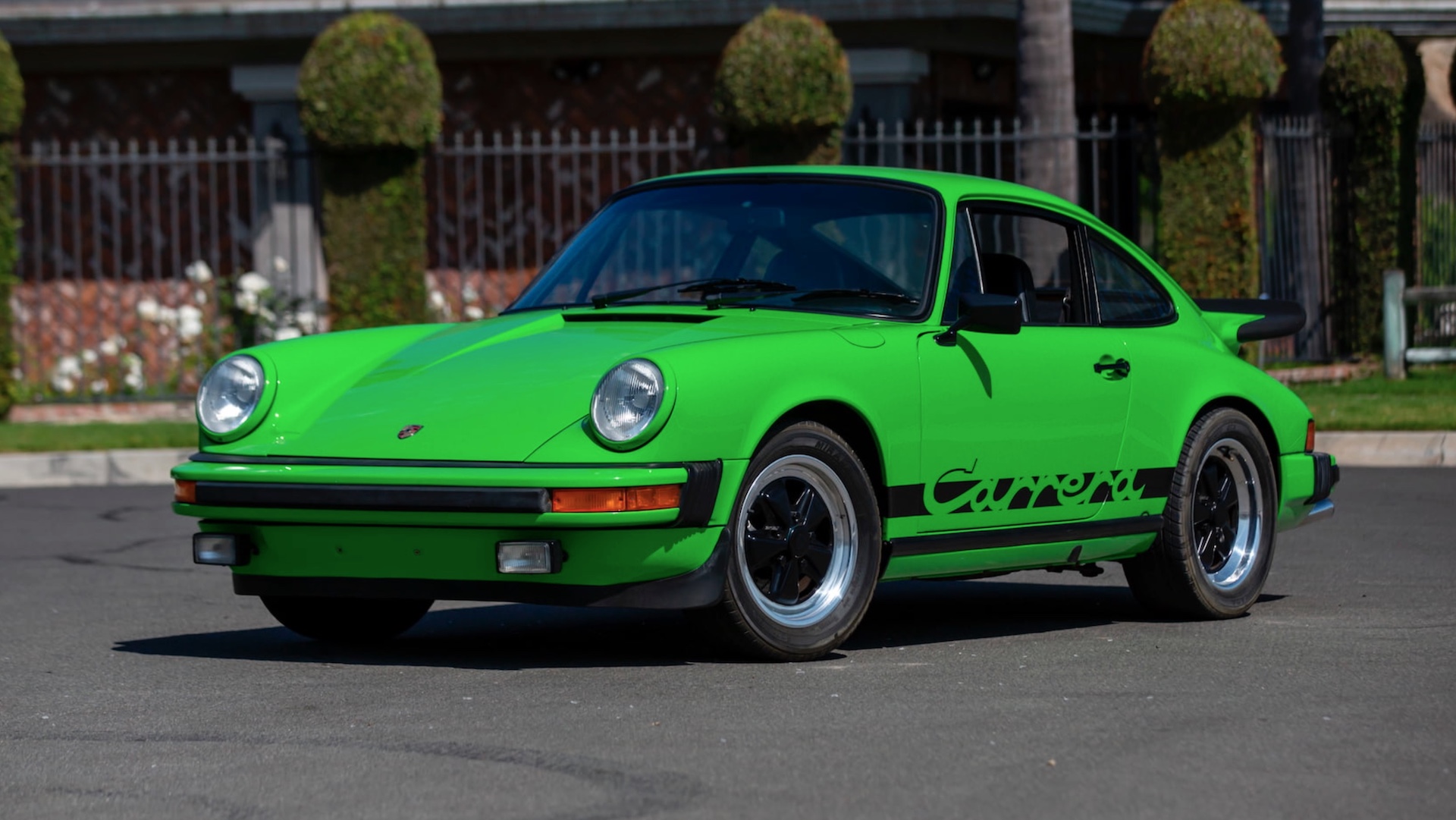From smartphones to sneakers, we’ve largely come to expect that what we can buy on one side of the Atlantic is, more or less, the same as what our cousins are picking up on the other side of the sea.
And when it comes to cars, that’s often the case. Minor details aside, North America’s Porsche Cayman is pretty much identical to the Cayman available in Europe. Same goes for the Tesla Model 3 and most other cars that are sold on both continents.
Most but not all. Because there’s been a power war raging for more than five decades, often driven by legislation changes that have forced one market to neuter its cars while those available elsewhere can roar louder and kick harder.
5 Times The U.S. Won The Horsepower War
BMW Z4 M40i (G29)
From the late 1960s right through to the 1990s, U.S.-based car fans were regularly served cars with lower power outputs because they were fitted with smog gear not needed in Europe. But the tables turned in 2018 when European cars were fitted with gasoline particulate filters that sapped power and noise, meaning American cars sounded better and went harder.
Related: The Boldmen CR4 Is A BMW Z4-Based Roadster From The Founder Of Wiesmann
While an American-spec BMW Z4 M40i’s turbocharged 3.0-liter inline-six makes 382 hp, the European market Z4 can’t muster more than 335, and the 2022 Audi RS3 develops 7 hp more in U.S. trim.
Honda CR-V
Honda hasn’t been averse to dropping bigger motors into U.S-market cars over the years. The 2004-on S2000 switched away from the 2.0-liter F20C that carried on in Europe for a 2.2-liter F22C. It gained 7 lb-ft, but its 237 hp output was unchanged from the previous U.S.-market 2.0, and so no more powerful than the Euro cars.
But one American Honda of the period that was punchier was the CR-V. European CR-Vs came with a 2.0-liter K20 inline four good for 148 hp, but U.S. cars upsized to a 2.4-litre K24 that was rated at 160.
Merkur XR4ti
The Merkur XR4ti is a rare example of Detroit fitting a smaller engine to its version of a car also available in Europe. In the old country the Sierra XR4i came with a naturally aspirated 2.8 V6, but its Merkur equivalent borrowed the turbocharged 2.3 inline four from the Mustang and T-bird.
That 2.3 only made 145 hp when tied to an automatic transmission, putting it 3 hp down on the European Sierra. But teamed up with a five-speed manual where it was allowed a little more boost (and a snappier rear axle ratio), it made a solid 175 hp.
Toyota MR2
Even with the benefit of an extra 200 cc, the 130 hp naturally aspirated second-generation MR2 couldn’t offset the emasculating effects of its emissions gear to match the 138 hp made by the 2.0-liter base model in Europe. And America didn’t get any kind of equivalent to the 158 hp European-market MR2 GT.
But the U.S. got something even better. The 200 hp MR2 Turbo could sprint to 60 mph in 6.1 seconds, and Europeans couldn’t have one, at least not officially (many grey imports were shipped in from Japan, where the turbocharged GT-S made 218 hp).
Land Rover Defender V8
Fuel consumption that would make an original Hemi Charger look frugal and the availability of torquey turbo diesels meant that barely anyone ordered a European Defender with a carb-fed 3.5-liter V8 in the early 1990s. Let’s face it, 13 mpg (18.0 lt/100 km) and 13 seconds to 60 mph (96 km/h) isn’t that appealing.
Related: Osprey’s Latest Land Rover Defender LS3 V8 Is Ready To go Wild In The Wild
Things were better in the U.S., which got a 180 hp, fuel-injected 3.9-liter V8 lifted from the Range Rover starting in 1993.
5 Times Europe Won The Horsepower War
Unleaded Fuel? What’s That?
Detroit lowered compression ratios to suit unleaded fuel in 1971 and fitted catalytic converters from 1975. But those things didn’t really happen until 1992 in Europe.
Whether you’re looking at a Ferrari 308 (252 hp UK; 237 hp U.S.) or a little Fiat X1/9 (74 hp UK, 61 hp U.S.), almost every European car made more power on its home soil until the 1990s.
Mercedes 560 SL
Sometimes carmakers tried to slot bigger engines in their cars to recoup some of those horses lost to the pursuit for clean air. The hottest R107-generation Mercedes roadster available in Europe was the 500 SL, whose 5.0-liter V8 made 237 hp. But U.S. buyers were offered a 560 SL instead.
It really did have a 5.6-liter V8, like the badge promised, but it could only summon 227 hp, and couldn’t even match the little guy for torque despite the extra swept volume.
Porsche 911 Carrera
U.S. emissions and safety rules meant some manufacturers didn’t even bother trying to certify their cars. So icons like the Ferrari Berlinetta Boxer, early Lamborghini Countach and BMW M1 were never officially available in America.
Related: 2004 Porsche 911 GT3 RS Is A Very Rare Sight On U.S. Roads
Neither was the European-spec Porsche 911 Carrera from the mid-1970s. But that didn’t stop Porsche trying to pass off a Carrera-stickered 167 hp 911 S as the same car sold in Europe with 40 hp more, or pulling a similar trick with the 964 RS America in 1993.
BMW E36 M3
As Porsche was trying to convince everyone the RS was worthy of those letters, BMW was trying to do the same thing with its North American M3.
While European cars got a 282-hp 3.0-liter S50 straight-six with individual throttle bodies, the U.S. cars came a much tamer 240-hp version with one throttle body. And that gulf only grew when European Evolution models appeared in 1996 sporting a 312 hp 3.2 six, while the U.S. versions’ S50B32 “upgrade” still only produced 240 hp.




